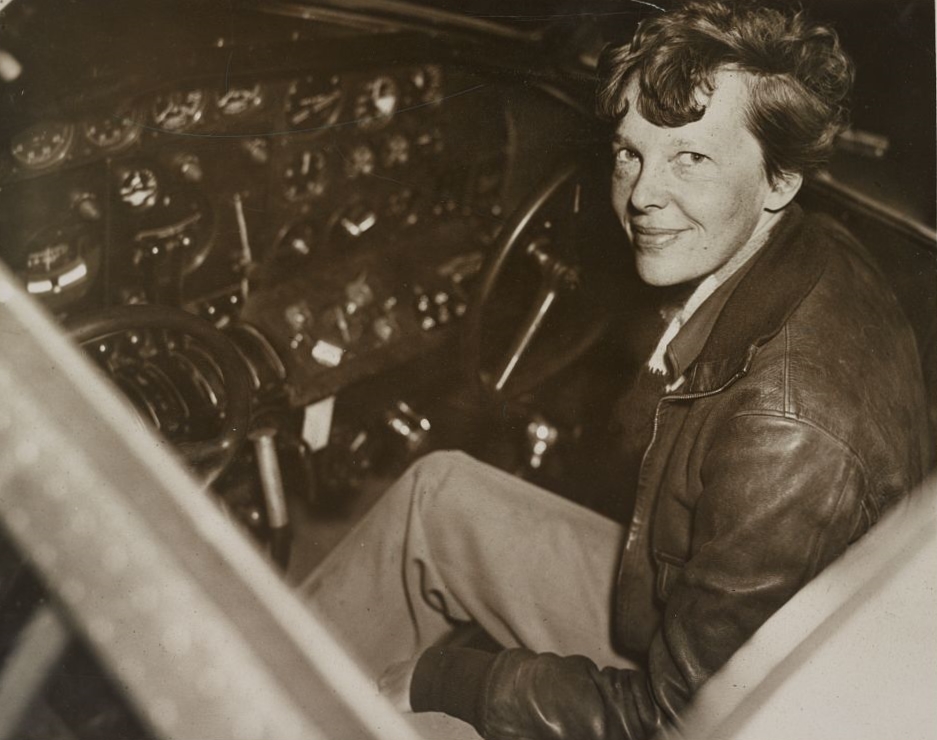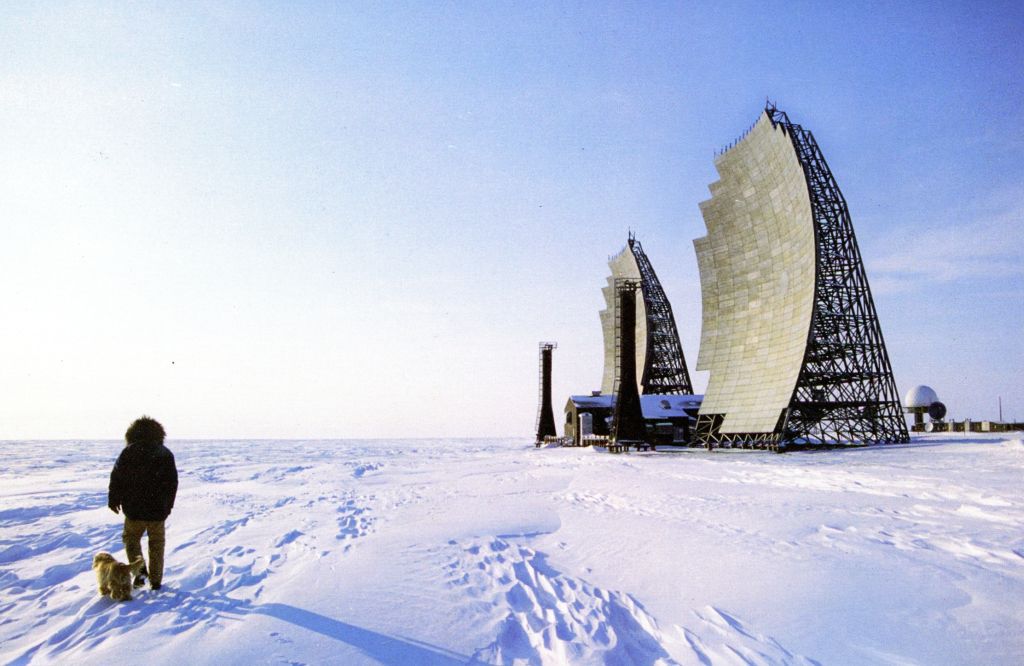
We all love a mystery. unresolved historical puzzles intrigue us. And the general rule seems to be, the more tragic the story, the more appealing the mystery.

We all love a mystery. unresolved historical puzzles intrigue us. And the general rule seems to be, the more tragic the story, the more appealing the mystery.
The global positioning System (GPS), whose history was recounted in our last issue, is so cheap, reliable, and easy to use that it is making older, radio-based navigation systems obsolete. loran (LOng Range Aids to Navigation), which dates from 1942, is one of the oldest, so it might seem a prime candidate for dismantling. Yet when the U.S. government announced plans to do just that, the ensuing uproar showed that there are still plenty of loran lovers out there.
It was, and remains, the largest office building in the world. Its odd shape was dictated by the irregular piece of land on which it originally had to fit. To raise and grade the site, six million cubic yards of earth had to be moved. Yet the Pentagon was ready to admit its first workers just eight months after earth-moving began, and it was substantially complete (along with a brand-new network of roads to service the site) in little more than a year. All these feats were accomplished under the material and labor shortages of the biggest war in American history.

In 1900 Joshua Lionel Cowen started the Lionel model-train company, which eventually brought him fortune and fame. But before that, while still in his teens, he walked away from another lucrative business. In the 1890s Cowen invented several devices that could be powered by the newly available dry-cell batteries. One was a fuse for igniting photographic flash powder. The Navy ordered 24,000 of them to use as detonators for underwater mines.
About a decade ago, The Smithsonian Institution’s National Museum of American History started to work more aggressively at documenting recent inventions. To that end, in 1997 the museum instituted its Modern Inventors Documentation (MIND) program. MIND aims to ensure that the story of American innovation will include the contributions of “garage” inventors as well as those of greater renown.
When someone uses a GPS receiver, the device finds the four nearest satellites in the GPS constellation and asks each one a pair of simple questions: Where are you? And: What time is it? The receiver uses that information to calculate its own position with a high degree of accuracy. In a mathematics textbook, just three satellites would be sufficient to get a reading, but in a real world filled with imprecision, the fourth satellite is used to increase accuracy.
 courtesy of the lockheed martin company2007_3_45
courtesy of the lockheed martin company2007_3_45 moffett field historical society2006_1_20
moffett field historical society2006_1_20